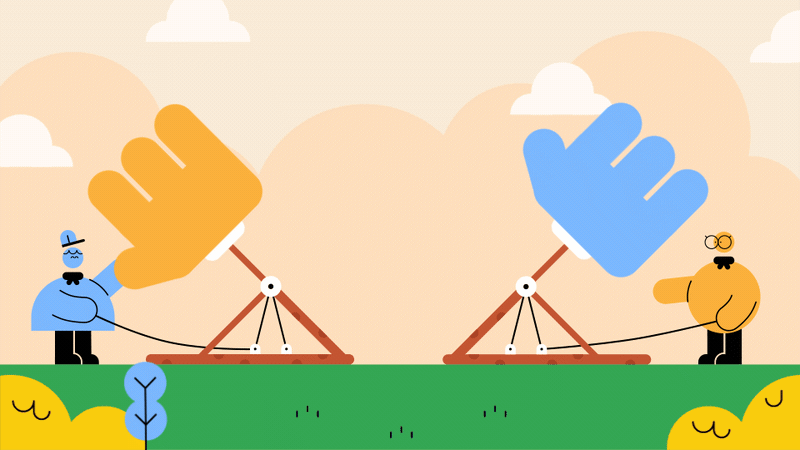
Pioneering
What to expect
Pioneering’s all about using knots and lashes to create a structure using poles and rope. You can go miniature with matchsticks and thread, opt for the edible with breadsticks and strawberry laces, or choose to make a freestanding structure using telegraph poles. Once you’ve mastered the basics, the only limit is your imagination: you can design and create anything including gadgets and camp structures.
What you’ll learn
There’s no rushing when it comes to pioneering – you’ll need to make sure every knot and lashing is the best it can be if you want your project to work, even if you feel like you’re doing the same thing over and over again. The most successful pioneering projects are the ones where everyone mucks in: some people have an eye for detail, while others can see the bigger picture.
Fun facts
Pioneering takes its name from the pioneers who went ahead of armies to build bridges and clear paths. It’s a timeless activity that Scouts have always enjoyed.
Handy hints
- Don’t rush. We get it – when you’re excited about the finished product it’s tempting to race to the finish. Take a moment to plan before you get stuck in, and take care along the way, and you’ll end up with a project to be proud of.
- Wear sturdy shoes. You may not need to worry as much if you’re using breadsticks, but if you’re getting stuck in on a bigger scale you’ll need to take care to avoid squished fingers and toes. Closed-toe, sturdy shoes are a must and you may want to look into gloves too.
- Choose the right size. It’s often easiest to start out small (but not tiny) so you can practise structures and important lashings before you use bulky equipment.
- Make it interesting. If you’re just starting out, it’ll probably be awhile before you’re ready for the most exciting and extravagant projects. Find ways to make the simple fun, like edible pioneering or making catapults or rafts that you can play with.
We’re reworking our safety guidance for adventurous activities to make it easier to understand and follow.
In the meantime, before you try pioneering, review the safety information. There’s also safety information for raft building.
Safety
Guidance
All activities must be safely managed. You must complete a thorough risk assessment and take appropriate steps to reduce risk. Use the safety checklist to help you plan and risk assess your activity. Always get approval for the activity, and have suitable supervision and an InTouch process.
Reflection
Pioneering can seem simple at first – it’s all about attaching poles together to make basic shapes. Did people find it easy once they got stuck in? What were the tricky bits? Did people play their part in different ways? How did each team decide who’d do what?
It’s important to find the right level of challenge to keep pioneering fun – start with a basic design and tackle more complicated projects as people develop their skills. You can vary the materials too – try starting off with smaller scale projects to get the hang of new designs.
The most obvious way to make pioneering accessible is to adapt the design of your project and the materials you use – some people may need something smaller so they can move it, while others will need to avoid anything too fiddly. There are plenty of roles in a team too – some people may tie the neatest knots while others picture how it all fits together or encourage everyone to keep going.
All Scout activities should be inclusive and accessible.
Pioneering isn’t one activity – it’s a skill. You can keep creating new things and even make your own designs.
Encourage people with more experience to support others who are less confident.




